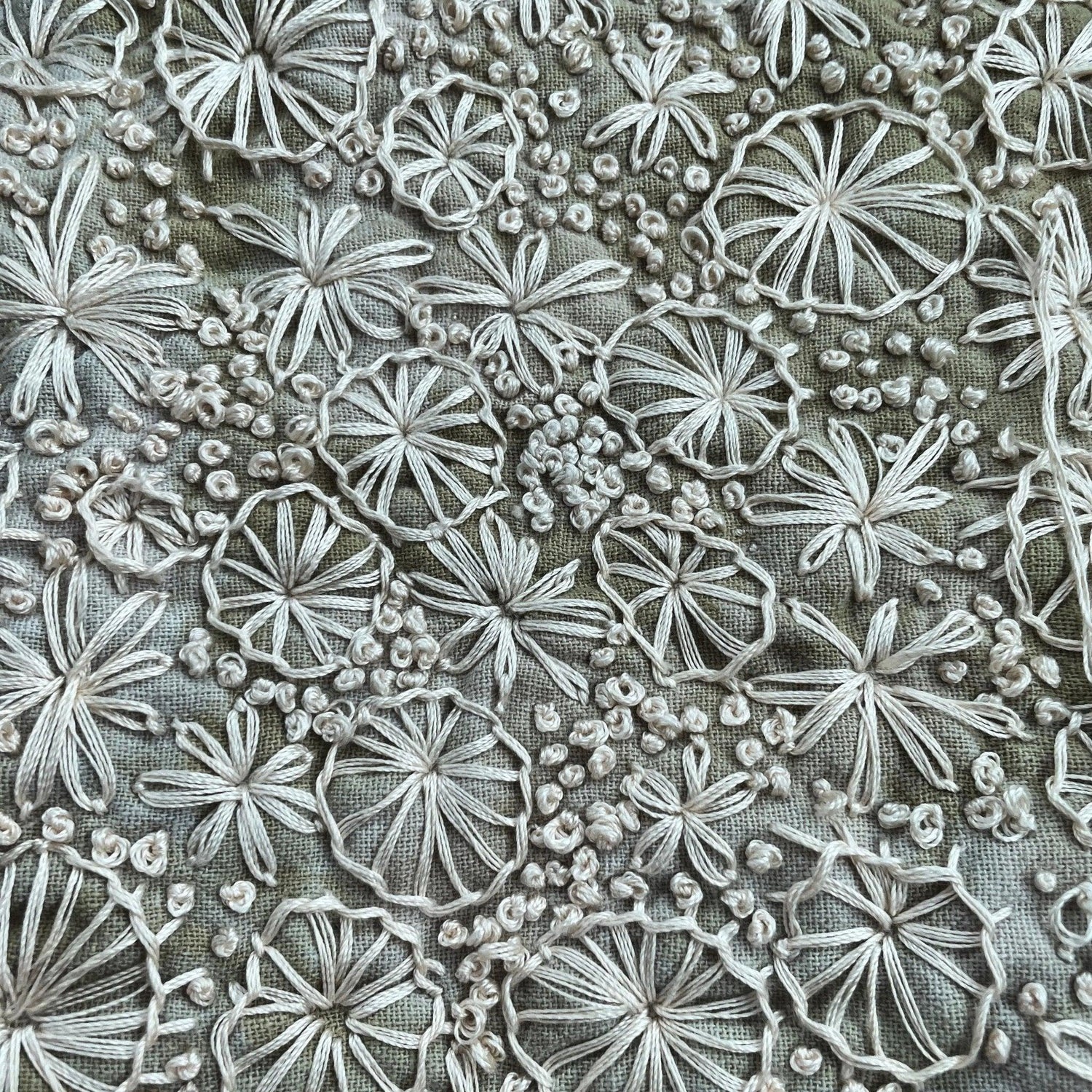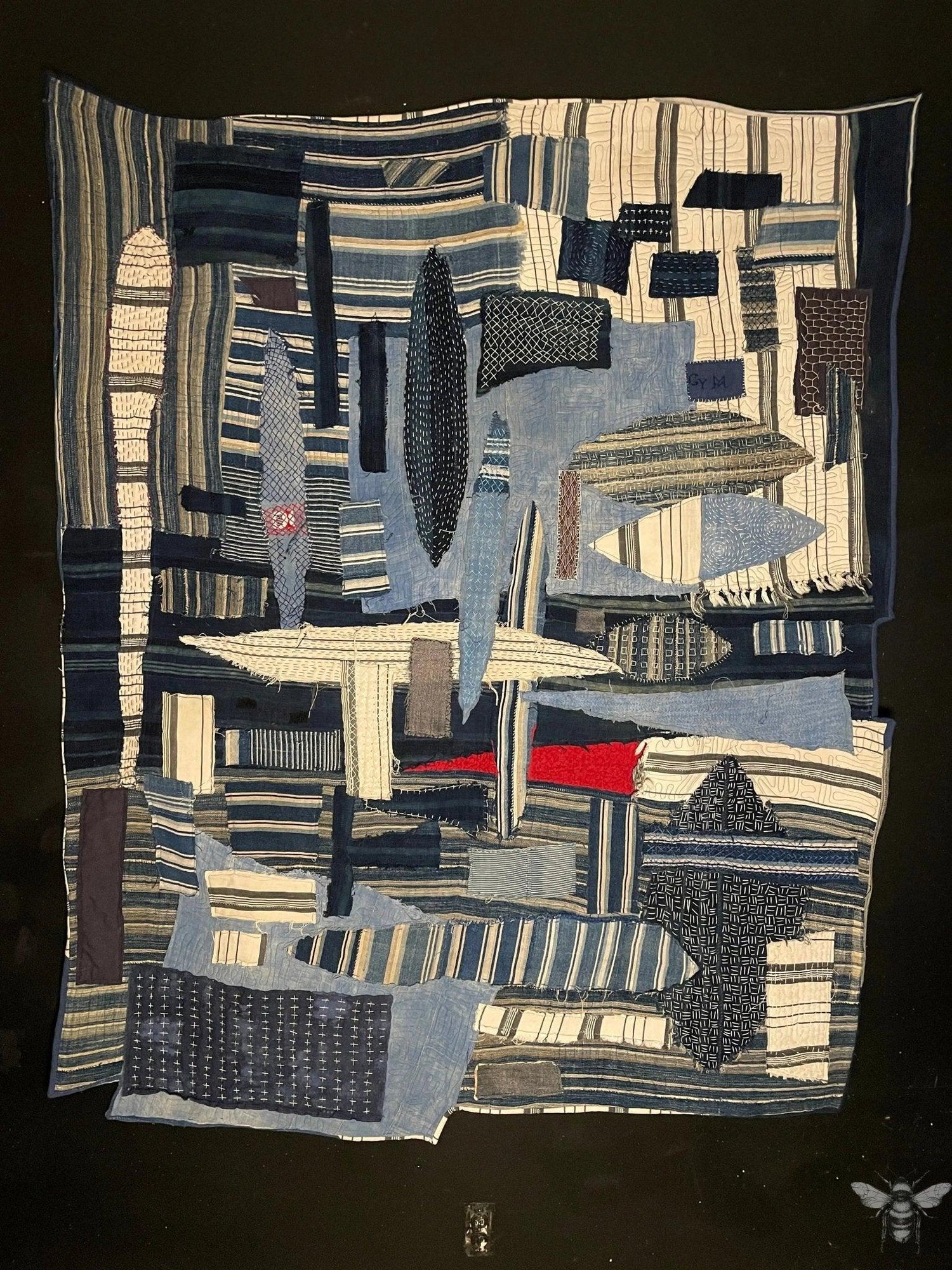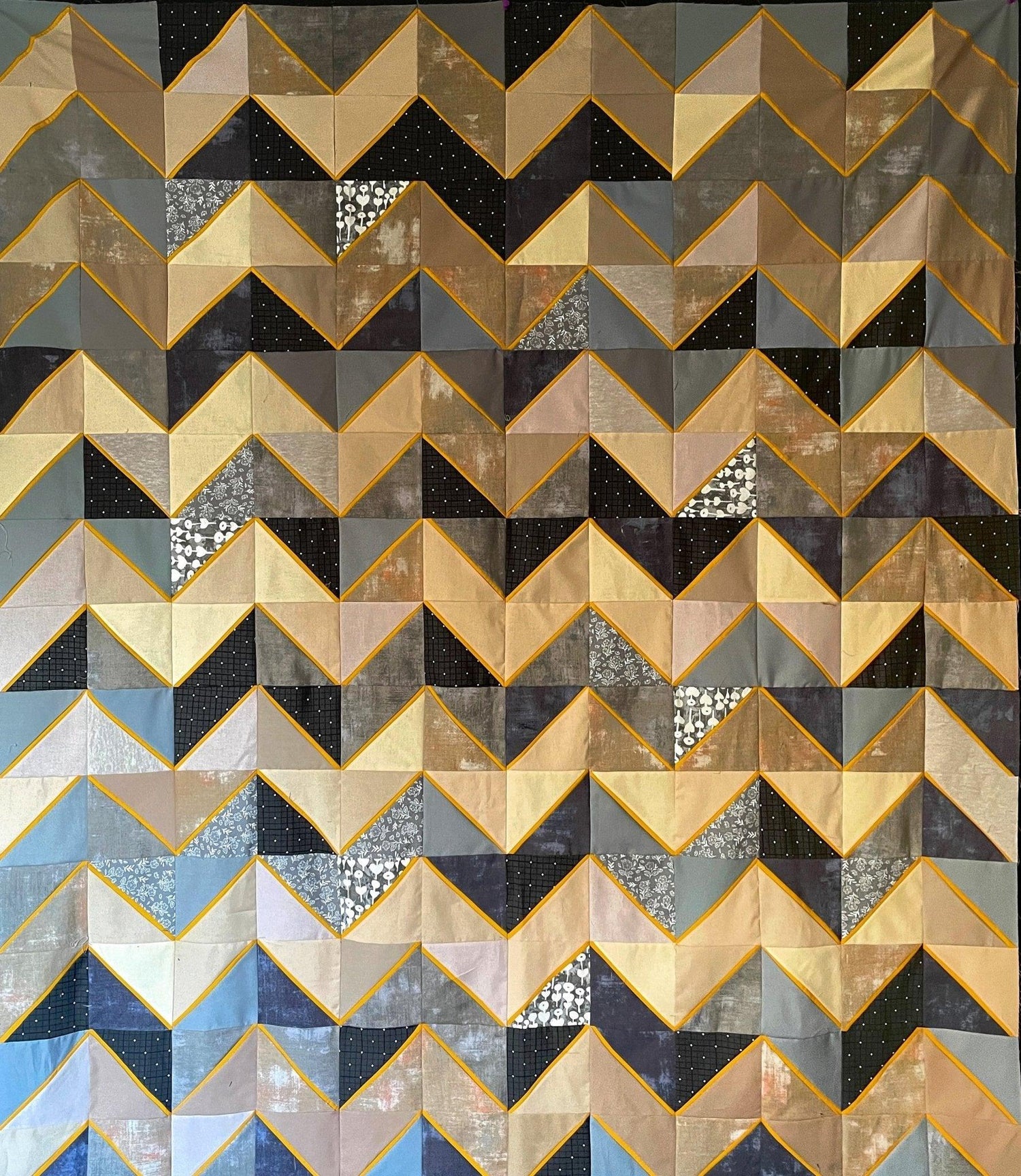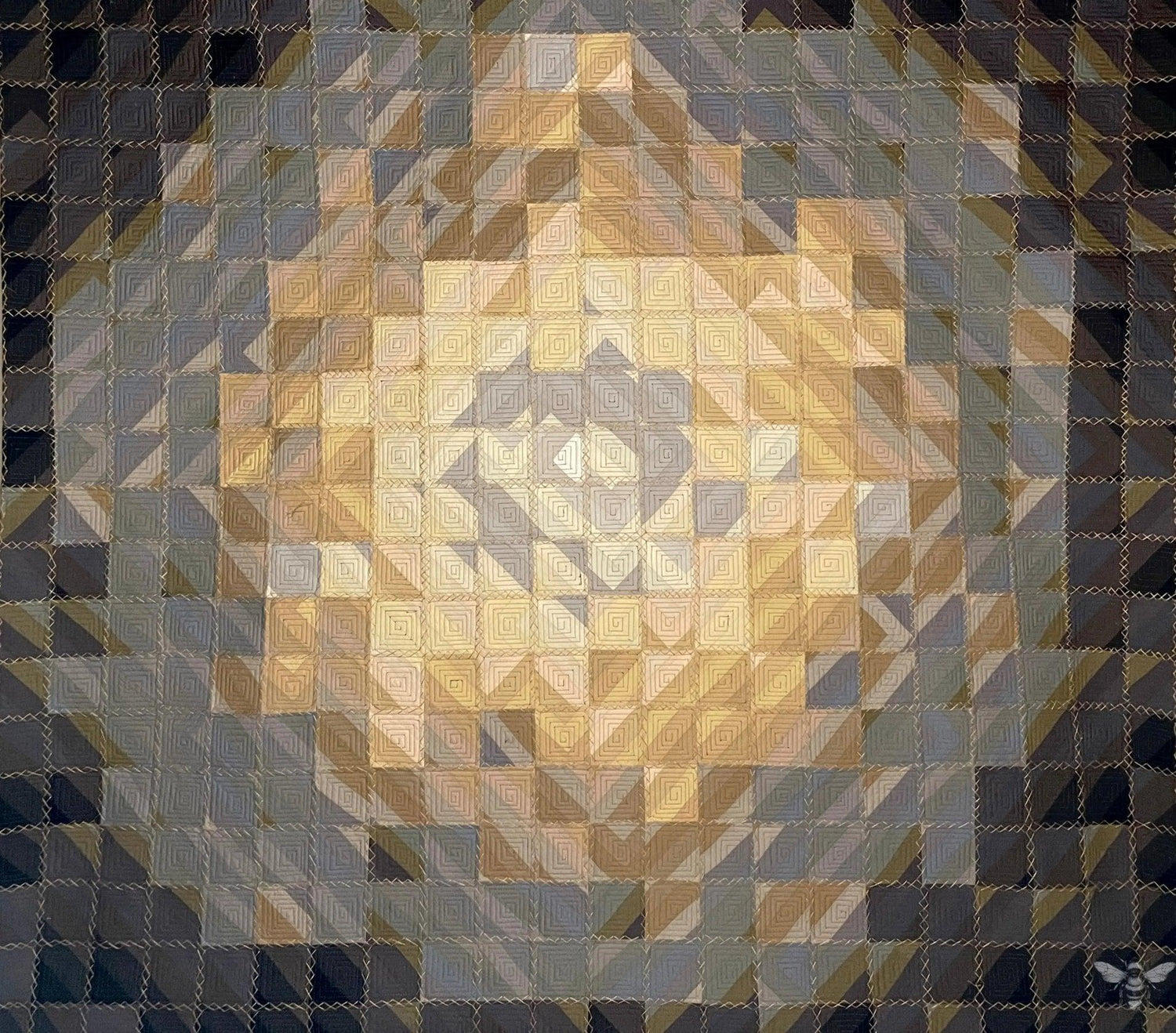
Top 10 hand embroidery stitches to enhance your quilting.
Hand embroidery stitches are a must-have in any quilter's arsenal. From simple outlining stitches to more complex designs, these 10 stitches will help you create stunning quilts.
Here are the top 10 hand embroidery stitches to enhance your quilting:
Simple outlining stitches are great for any quilt you're working on. These stitches are a great way to add detail and shape to your quilting project without having to spend a lot of time on each.
1 Running stitch
The running stitch is one of the most basic embroidery stitches and is used for outlining shapes, adding texture, and creating decorative patterns. It is a simple stitch that involves a single thread that is looped around the fabric, creating a line of small, evenly spaced stitches. The stitch can be used in a variety of ways, from outlining shapes to outlining words and phrases. It is a versatile stitch that can be used to create a variety of effects, from delicate to bold.
2 Back Stitch
The back embroidery stitch is a basic hand embroidery stitch used to make a neat, even line of stitches. It is worked from left to right, with the needle entering the fabric on the left and exiting on the right. The back embroidery stitch is a versatile stitch that can be used for outlining, outlining and filling, or creating textured lines. It is also commonly used for attaching ribbons and lace to fabric. To create the back embroidery stitch, the needle is inserted into the fabric at the starting point and brought up at the end point. The thread is then looped around the needle, and the needle is re-inserted at the starting point and brought out at the end point. The stitch is repeated until the desired length is achieved.
3 French Knots
The French knot is an embroidery stitch used to create small knots or dots in fabric. To create a French knot, start by bringing the needle up through the back of the fabric and wrap the thread around the needle two or three times. Then, while still holding the thread taut, insert the needle back into the fabric a small distance away from where it first emerged. Finally, pull the thread tight to create a small knot. French knots can be used to create a variety of textures and patterns in embroidery.
4 Fly Stitch
The French knot is an embroidery stitch used to create small knots or dots in fabric. To create a French knot, start by bringing the needle up through the back of the fabric and wrap the thread around the needle two or three times. Then, while still holding the thread taut, insert the needle back into the fabric a small distance away from where it first emerged. Finally, pull the thread tight to create a small knot. French knots can be used to create a variety of textures and patterns in embroidery.
5 Chain Stitch
The chain stitch is a basic embroidery stitch that is used to create a continuous line or pattern. It is made by looping the thread around itself in a chain-like pattern. The chain stitch is often used to outline shapes and to create decorative borders. It is also used to add texture and dimension to embroidery designs. The chain stitch is a versatile stitch that can be used in many different ways. It is an easy stitch to learn and is a great choice for beginning embroiderers.
6 Herringbone Stitch
The herringbone embroidery stitch is a type of decorative stitch used in embroidery and needlework. It is a variation on the basic backstitch, and is made up of a series of diagonal stitches that alternate direction to create a zigzag pattern. This stitch can be used to create a variety of different effects, such as filling in an area with a textured pattern, outlining a shape, or creating a more complex design. It is commonly used for outlining and for creating decorative borders.
7 Chevron Stitch
The chevron embroidery stitch is a type of embroidery stitch that is used to create a wavy line or pattern. It is created by making a series of small, evenly spaced stitches in a zig-zag pattern. It is often used to create decorative borders or patterns in embroidery projects. The chevron stitch can be used with a variety of different threads, fabrics, and colors to create unique and interesting designs.
8 Cross Stitch
The cross embroidery stitch is a basic embroidery stitch that is used to create a cross shape. It is often used in a variety of decorative embroidery projects, such as borders and motifs. This stitch is created by bringing the needle up at one point and then down at another point, crossing the two points with a single stitch. The stitch can be repeated in a row or in a pattern to create a desired effect. This stitch is also commonly used to create a cross-stitch pattern.
9 Fishbone Stitch
The fishtail embroidery stitch is a decorative stitch used to create intricate and detailed designs. It is a variation of the chain stitch and is created by stitching a series of small loops in a zigzag pattern. The loops can be varied in size and shape to create different effects. The stitch is often used to create borders or to outline a design. It can also be used to create a variety of textures and patterns. This stitch is often used in traditional embroidery and can be used to create beautiful and intricate designs.
10 Straight Stitch
The straight embroidery stitch is a basic embroidery stitch that is used to create lines and outlines on fabric. It is composed of small, even stitches that are worked in a straight line. It is often used to create outlines and borders, and can be used to create patterns and designs. It is a versatile stitch that is easy to learn and can be used in many different types of embroidery projects.
Comments
Check out comments or add a new one.



